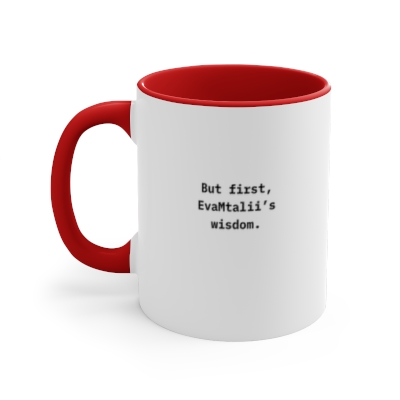Introduction:
When it comes to personal finance, the choices we make can significantly impact our journey towards financial independence.
Often, our decisions are influenced by various external factors, making it essential to master the art of choice architecture.
Choice architecture involves structuring decisions in a way that nudges individuals towards making better choices.
In this article, we’ll explore 12 powerful choice architecture hacks backed by examples and case studies, helping you pave the way to financial freedom.
What's Covered in This Article
1. Commitment – Setting the Course for Success
Encourage commitment to financial goals by using tools like commitment devices.
For instance, setting up automatic monthly contributions to a retirement account can help ensure consistent savings.
Behavioral economist Richard Thaler’s “Save More Tomorrow” program is a classic example of this approach, where employees commit to future raises being allocated towards retirement savings. [Source: The New York Times]
2. Limit Options – Simplifying Decision Making
Too many choices can lead to decision paralysis.
Simplify your financial decisions by limiting the number of investment options.
Vanguard’s success story lies in offering a range of low-cost index funds, making it easier for investors to pick the most suitable option. [Source: Investopedia]
3. Default Choice – The Power of Inertia
Leverage default choices to your advantage.
Opt for automatic enrollment in employer-sponsored retirement plans, ensuring employees start saving without having to take action.
A study by Madrian and Shea showed that auto-enrollment significantly increased employee participation in retirement plans. [Source: NBER]
4. Use Social Proof – Harnessing Peer Influence
Showcase success stories of individuals who have achieved financial independence to create social proof.
Personal finance bloggers like Eva Mtalii have inspired thousands to adopt passive income, side hustling, frugality and early retirement.
Sharing such stories on financial platforms can nudge others towards similar positive choices.
5. Group Choices – The Power of Bundling
Bundle financial options to promote favorable decisions.
Offer investment packages that combine various assets for different risk profiles.
Chamas, SACCOs, Wealthfront, a robo-advisor, groups different asset classes in personalized portfolios, guiding investors towards well-rounded choices.
6. Break Down Complex Decisions – The Chunking Strategy
Complex financial decisions can be daunting.
Break them down into smaller, manageable steps.
For instance, when buying a home, consider factors like location, budget, and mortgage options separately.
NerdWallet’s home-buying guide takes users step-by-step through the process.
7. Provide Clear Information – Transparency is Key
Ensure financial information is transparent and easily accessible.
Credit Karma, a free credit monitoring platform, empowers users by providing a clear breakdown of their credit scores and factors influencing them.
Transparency fosters informed decision-making.
8. Self-Reflection – Encouraging Introspection
Promote self-reflection to align financial choices with personal values.
Apps like You Need A Budget (YNAB). Branch, Safaricom app, Reach, etc. encourage users to contemplate their spending priorities and align them with long-term financial goals. [Source: The Balance]
9. Implement Deadlines – Avoiding Procrastination
Set deadlines for financial decisions to prevent procrastination. Acorns, a micro-investing app, uses round-up contributions and regular deposits, nudging users to invest without delay. Deadlines create a sense of urgency and encourage action. [Source: Business Insider]
10. Frame Choices Positively – Emphasize Gains Over Losses
Frame financial choices in a positive light to elicit better responses.
For instance, emphasizing the benefits of investing early for retirement can motivate individuals to start saving sooner.
Fidelity’s “Get More From Your Retirement Savings” campaign does precisely that.
11. Reward Good Decisions – Positive Reinforcement
Incentivize positive financial behavior.
Apps like M-Shwari offer rewards for repaying your loan earlier than the repayment date by refunding 20% of your loan fees, reinforcing the habit of repaying your debt in time.
You can do the same to yourself every time you achieve your saving and/or investing goals.
Rewards foster discipline and encourage ongoing commitment.
12. Ask for Feedback – Inviting Engagement
Encourage financial engagement by seeking feedback.
Online banks like Ally invite customer input to improve their services continually.
Involving users in shaping financial products fosters a sense of ownership and loyalty.
Conclusion: By embracing these 12 choice architecture hacks, you can significantly enhance your decision-making process and inch closer to financial independence. From setting commitments and leveraging social proof to asking for feedback and rewarding good decisions, each hack plays a vital role in shaping a financially secure future. So, embark on this journey of financial freedom with the power of choice architecture at your side, and watch as your financial goals transform into reality.



